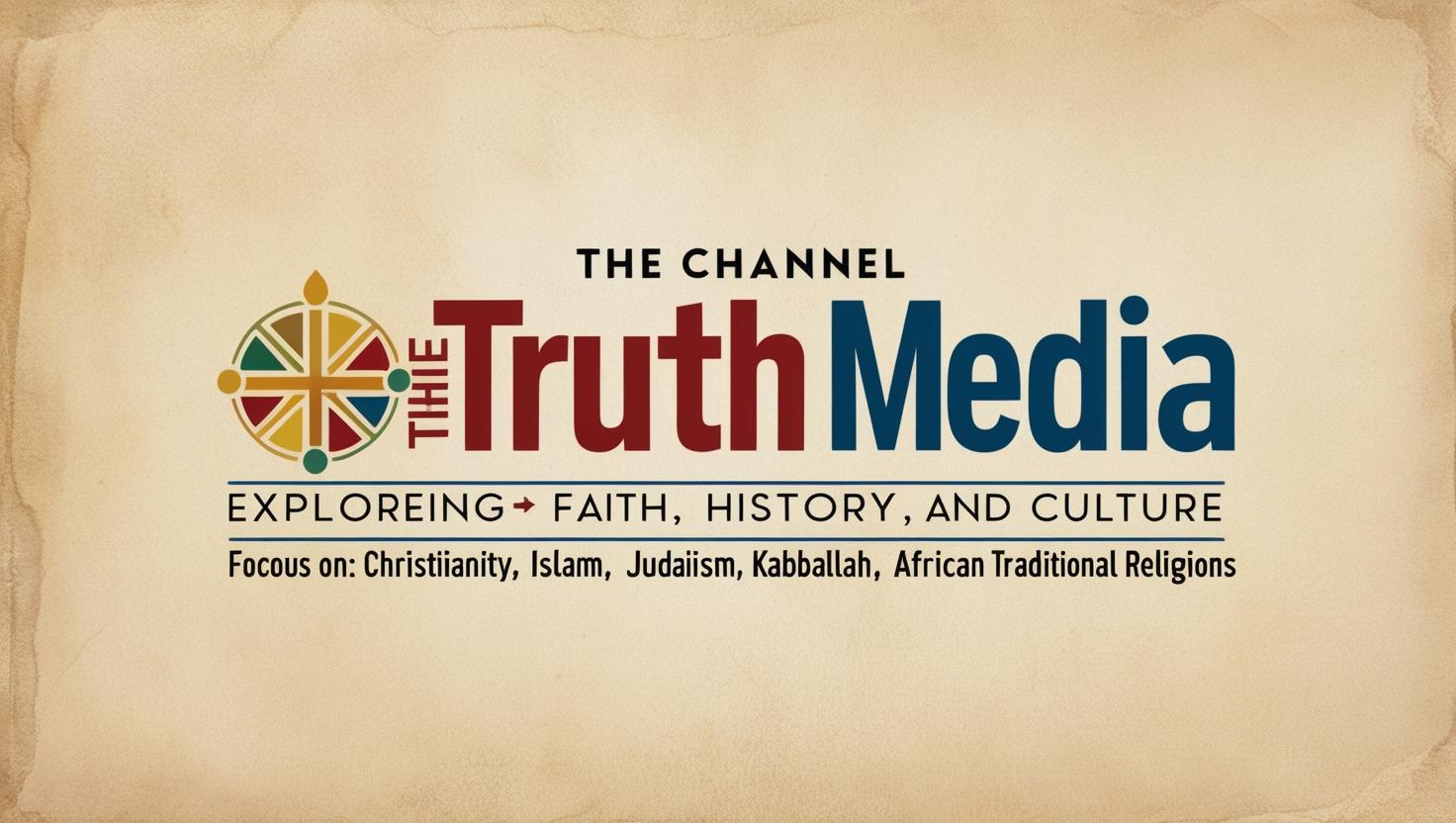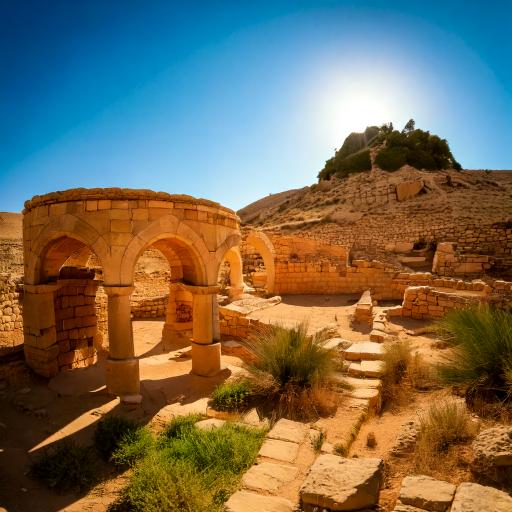NEW INSIGHTS INTO THE BIBLICAL MIDDLE EAST
The Biblical Middle East continues to captivate historians and archaeologists as new discoveries bring fresh insights into its ancient world. These findings illuminate the region’s historical, cultural, and spiritual significance, deepening our understanding of biblical narratives and their historical context.
Archaeological Evidence of Biblical Events
Recent excavations have unearthed evidence supporting events described in the Bible, such as the discovery of ancient Jericho’s collapsed walls. Findings at sites like Tel Dan and Lachish confirm the existence of cities mentioned in biblical accounts. In Jerusalem, artifacts such as clay seals bearing the names of biblical figures provide tangible connections to scripture. These discoveries bridge the gap between faith and history, enriching our understanding of biblical events.
Uncovering Ancient Cities of the Bible
Excavations of ancient cities like Nineveh, Hazor, and Megiddo have revealed their monumental architecture, trade networks, and religious practices. Recent digs in the City of David in Jerusalem have uncovered remnants of homes and streets dating back to King David’s era. Such findings provide valuable insights into daily life, governance, and cultural exchanges in biblical times.
Technological Advances in Biblical Archaeology
Modern tools like ground-penetrating radar and drone imaging are revolutionizing the study of biblical history. These technologies allow archaeologists to locate buried structures and map entire cities without invasive excavation. Advanced dating methods have also provided more accurate timelines, enabling scholars to verify the historical accuracy of biblical events.
Debunking Myths Through Archaeology
While some myths about the biblical Middle East have been challenged by archaeology, these findings often enrich the stories rather than dismiss them. For example, studies of ancient flood myths reveal widespread cultural memory of catastrophic floods, aligning with biblical accounts. Such discoveries highlight the complexity of interpreting ancient texts and demonstrate how archaeology complements theological study.

